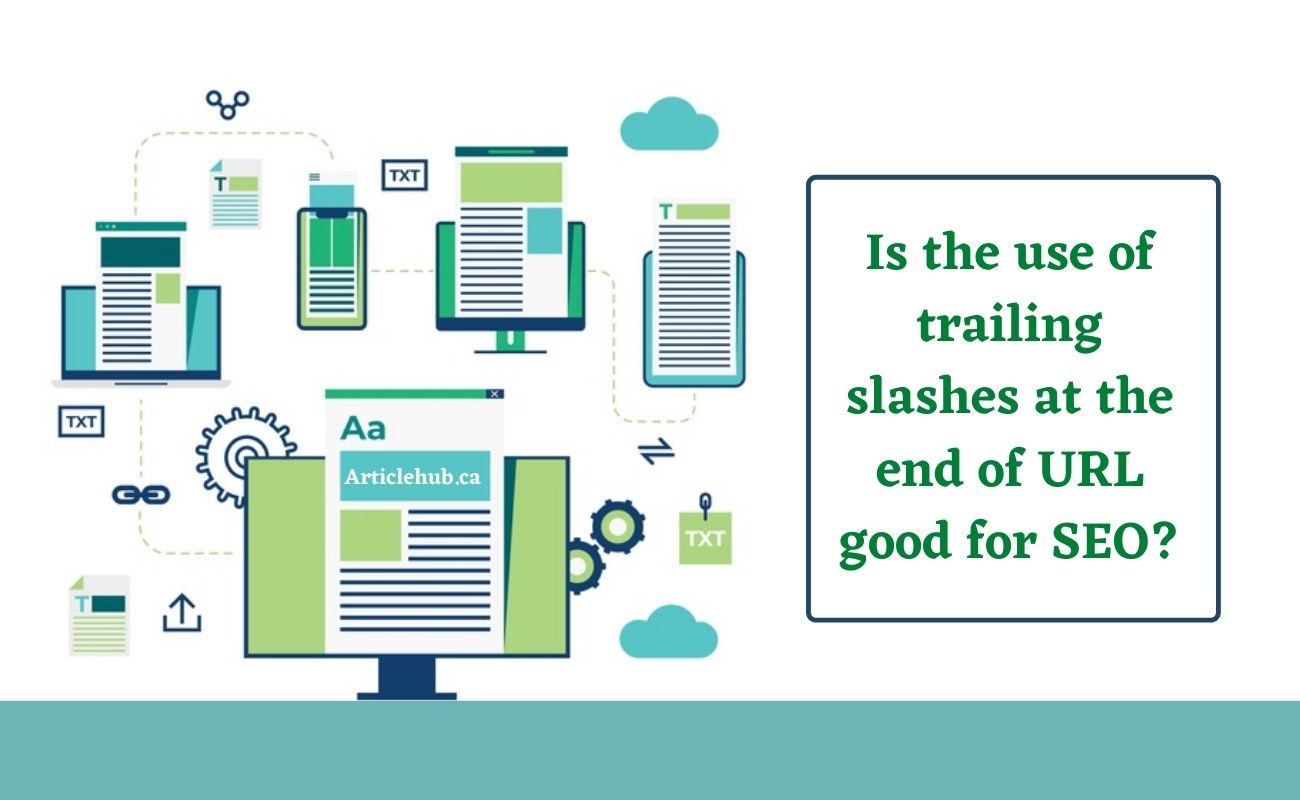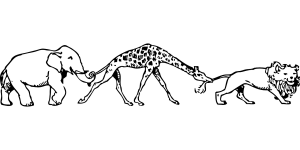Forward slashes placed at the end of an URL are called trailing slashes. What this means is that the URL is a folder or a director. However, the use of a trailing slash is more conventional rather than a requirement. They were used a few years ago when websites were more structured. But now, webmasters do not need to use a trailing slash anymore.
What are trailing slashes?
A website’s URL contains a lot of information. This information can affect the website’s SERP standing as well as can improve visitor’s recall value. Websites URL may contain forward slashes at the end. These forward slashes are trailing slashes. A user might not treat a URL with or without a trailing slash any differently. However, this trailing slash could be of importance for search engines.
Trailing slash at the end of URLs indicate that the current web destination will be a folder and not a file. People don’t follow this method of website structuring nowadays. Usage of a trailing slash does not matter anymore. URL with trailing slashes or without trailing slash does not affect how search engines view the page or its content.
Whether to use trailing slashes or not?
A URL works with a trailing slash and even without one. One of the drawbacks of using a trailing slash for URLs is that if creates duplicate content. It can have a negative impact on the website. When several URLs are indexed, this affects the SERP ranking. This is one of the reasons why none of the URLs rank well. Every URL receives the website traffic but fails to rank on the top.
What is preferable is to choose one option. Select to use a trailing slash or don’t but stick to that format. This can help in avoiding duplicate content in the search index.
How does a trailing slash impact SEO?
Trailing slashes can have a significant impact when it comes to search engine optimization. A trailing slash can affect the page ranking in search engines. Trailing slash is important for SEO also because of duplicate content. Content should ideally be accessible through one URL. But when a trailing slash is added at the end of a URL, it creates duplicity of content. It also confuses crawlers. Content of a website will be available on the URL with a trailing slash as well as URL without trailing slash.
Different versions of the same content on a website may cause serious SEO issues.
Duplicate content
Duplicate content is when same content appears in two places. It is not necessary for content in two URLs to be identical. If a substantial amount of content is same, then it is the case for duplicate content as well. Whether this has been done intentionally or without realizing, duplicate content is frowned upon. Duplicate content in case of a trailing slash is confusing for Google.
Search engine has problem in deciding which URL is the original one on the basis of which they rank any website. The trailing slash lets both URLs index.
It is better to not have duplicate content on your website.
Trailing slash on the root domain is insignificant
If Root or hostname ends of websites end with trailing slashes, they have no effect on SEO.
For example, Google and web browsers will treat the following two URLs as same:
Whether you add a trailing slash at the end of a root domain or not, your browser will direct you to the website.
In certain cases, trailing slashes do not appear in the address bar of the certain browsers. However, copying and pasting the web address from the browser will show if there are trailing slashes. This is a common practice. Some browsers don’t show trailing slashes in the address bar.
Trailing slash is significant for other URLs
When professionals and search engine optimizers use a slash at the end of the URL besides the root domain, it affects it, no matter what. A trailing slash makes these URLs as separate URL.
This not treated as one and same as the following:
Files should never end in a trailing slash
If you add a trailing slash at the end of a file like .jpg, .pdf, .php, .html, file will not load. A 404 page will be returned when a trailing slash is used at the end of a file. This happens because system will consider that file as a folder because of the trailing slash and there will be nothing after the path.
Modifying URL
To ensure that several versions of a website are appearing in the search index, it is best to use the 301-redirect approach for modification. You can also try to redirect between domains.
Article Hub follows the right practices that improve websites’ search engine ranking positions. If you are looking for some help in the similar direction, get in touch with our team.




